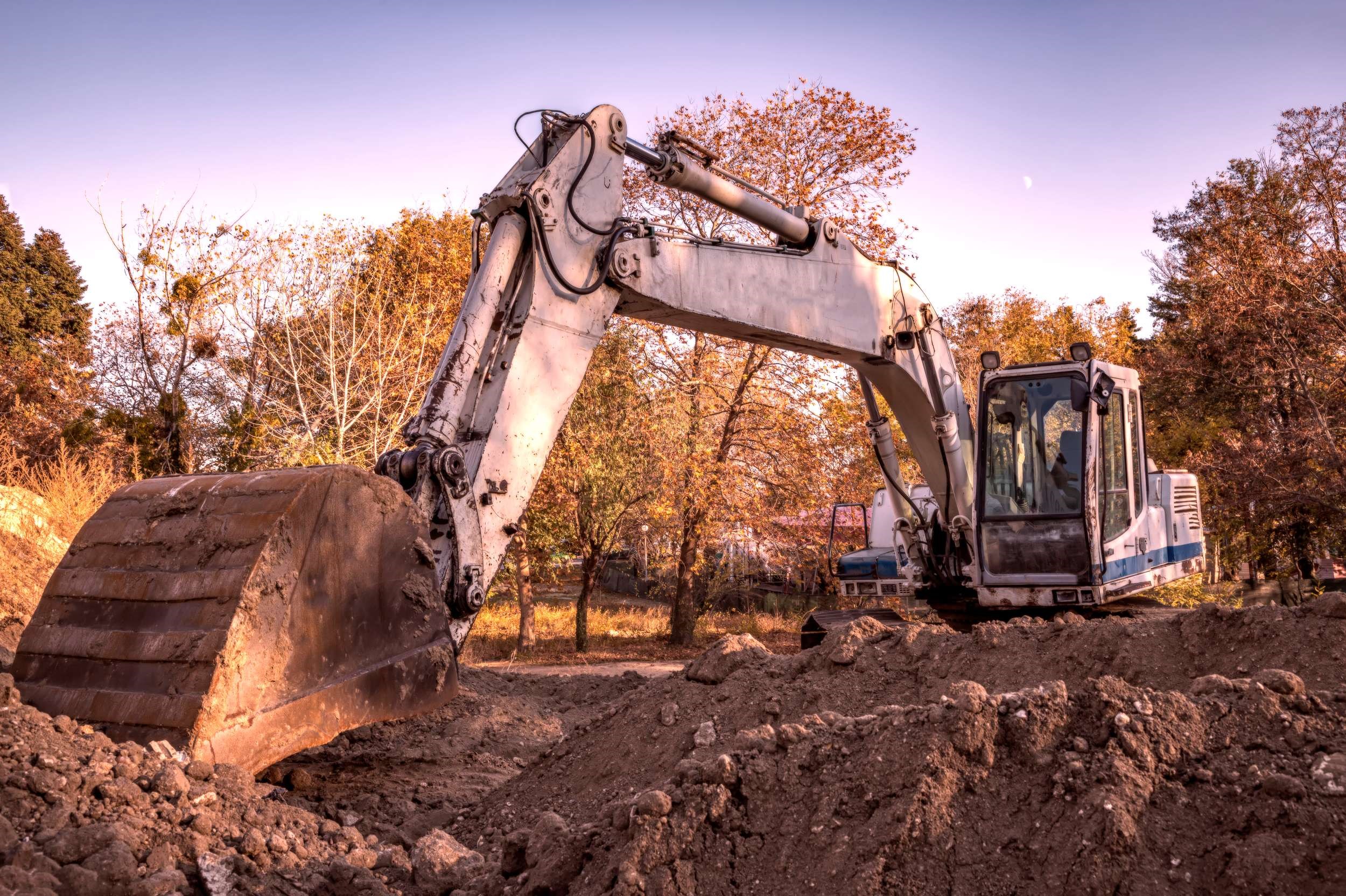
How to Calculate Depreciation on Heavy Equipment
May 26, 2025
Understanding how depreciation works can help you make smarter buying decisions, plan your maintenance and resale strategies, and optimize your tax benefits.
In this guide, we’ll break down what equipment depreciation is, how it’s calculated, and why it matters—especially for construction professionals thinking long-term.
Disclaimer: This blog is for informational purposes only. Always consult with a qualified accountant or financial advisor to determine the best depreciation method for your business.
What Is Heavy Equipment Depreciation?
Depreciation is the gradual reduction in an asset’s value over time due to wear and tear, obsolescence, and usage.
In financial terms, it's a method of spreading the cost of a purchase over the time it’s used in your business. For heavy machinery, this means accounting for the fact that your $80,000 excavator won’t be worth the same after a few years of digging, lifting, or drilling.
Why Depreciation Matters After Buying Equipment
Whether you’re buying your first piece of heavy machinery or expanding your fleet, understanding depreciation helps you:
-
Track true equipment value year-over-year.
-
Make informed decisions about resale or replacement.
-
Plan your taxes (since depreciation can be written off).
-
Avoid financial surprises when budgeting for maintenance or upgrades.
And if you're comparing renting vs. buying? Depreciation should be part of that analysis too. Rentals don’t depreciate on your books—which is one of many reasons why many contractors turn to A-Z Rentals when it doesn’t make financial sense to own. But if you are considering a purchase, check out our guide
Should I Buy or Rent Equipment? (Free Cost Calculator)
.
3 Common Ways to Calculate Equipment Depreciation
1. Straight-Line Depreciation (The Simplest Method)
This method spreads the cost of the equipment evenly over its useful life.
Formula:
(Cost – Salvage Value) ÷ Useful Life = Annual Depreciation
Example:
A $25,000 skid steer with a $5,000 salvage value and 8-year lifespan would depreciate $2,500 per year.
This method is ideal for machines that age consistently and makes financial reporting easy.
2. Declining Balance Method (Accelerated)
Want to claim more depreciation early on? This method applies a fixed percentage to the equipment’s remaining value each year.
It’s great for machines that lose value quickly or become obsolete fast (think: tech-heavy or high-usage tools).
3. MACRS – Modified Accelerated Cost Recovery System (For Tax Deductions)
Used for federal tax purposes, MACRS is the IRS's preferred method. Most heavy equipment qualifies for a 5- or 7-year class life.
MACRS lets you write off a larger portion in the early years, often giving your business bigger tax breaks when cash flow matters most.
Key Factors That Affect Depreciation
Depreciation isn’t just about math—it’s influenced by real-world use and market trends. Here’s what accelerates or slows depreciation:
-
Brand reputation: Equipment from trusted names (like JLG, Genie, Stihl, or Husqvarna—all brands A-Z Rentals offers) tends to hold value better.
-
Usage intensity: More operating hours = faster depreciation.
-
Maintenance history: Well-maintained machines hold their value longer.
-
Storage and environment: Exposure to the elements can accelerate wear.
-
Market trends: Newer models can make older ones obsolete faster.
How to Track Depreciation Year-Round
Whether you run a rental business or your own construction company, tracking depreciation properly can save headaches down the line.
Use Tools and Systems:
-
Rental software or accounting platforms often automate depreciation tracking.
-
Spreadsheets work too, but they require manual input and more diligence.
Track These Items:
-
Purchase price and setup costs
-
Estimated useful life and salvage value
-
Maintenance records and usage logs
-
Resale value trends
Depreciation and Your Taxes: What to Know
In addition to regular depreciation, there are two key tax tools you might benefit from:
-
Section 179 Deduction: Lets you deduct the entire cost of new or used equipment in the year it’s placed into service.
-
Bonus Depreciation: Additional deductions you can claim alongside Section 179, depending on tax law at the time.
These can be game changers—especially if you’re buying equipment toward the end of the year. Just be sure to talk to a CPA or accountant before making decisions based solely on write-offs.
How to Maximize Equipment Value: Maintenance & Replacement Tips
Want to reduce depreciation over time? Here’s how:
-
Stick to manufacturer-recommended service schedules.
-
Clean and store equipment properly.
-
Log hours and usage accurately.
-
Inspect frequently and repair quickly.
-
Know when to sell or upgrade—sometimes it’s better to offload before the value drops too steeply.
Depreciation is unavoidable—but when managed well, it becomes a powerful financial tool.
Whether you’re buying your first excavator or upgrading your current fleet, understanding how depreciation works will help you make more strategic, long-term decisions.
At A-Z Equipment Rentals , we believe that informed buyers make the best customers. And if you’re not ready to buy, we’re here to help you rent top-quality equipment —no depreciation required.